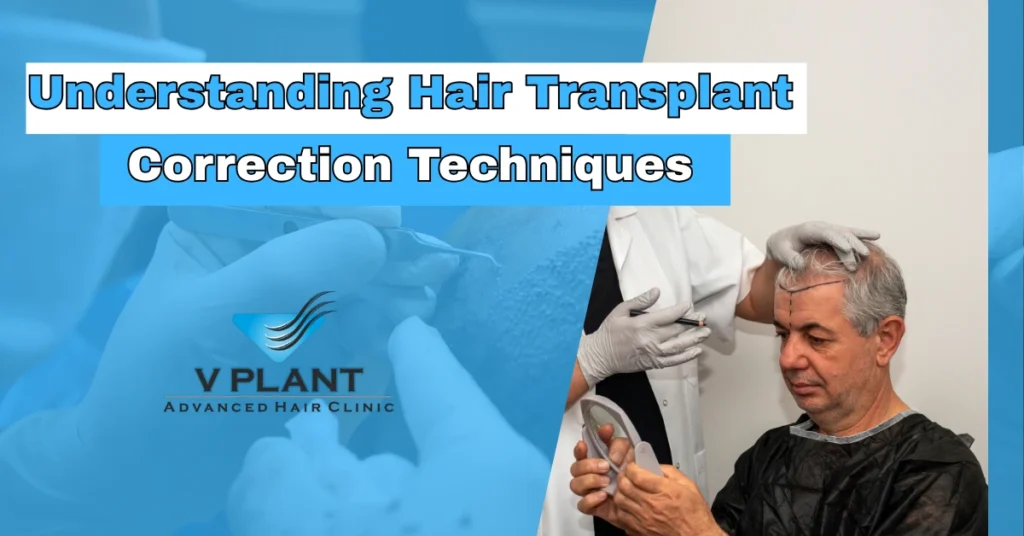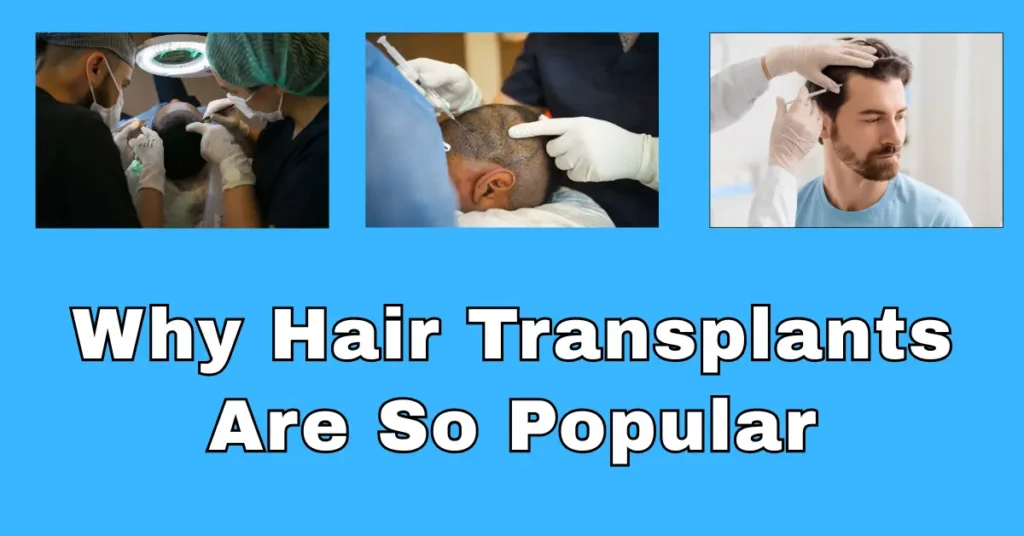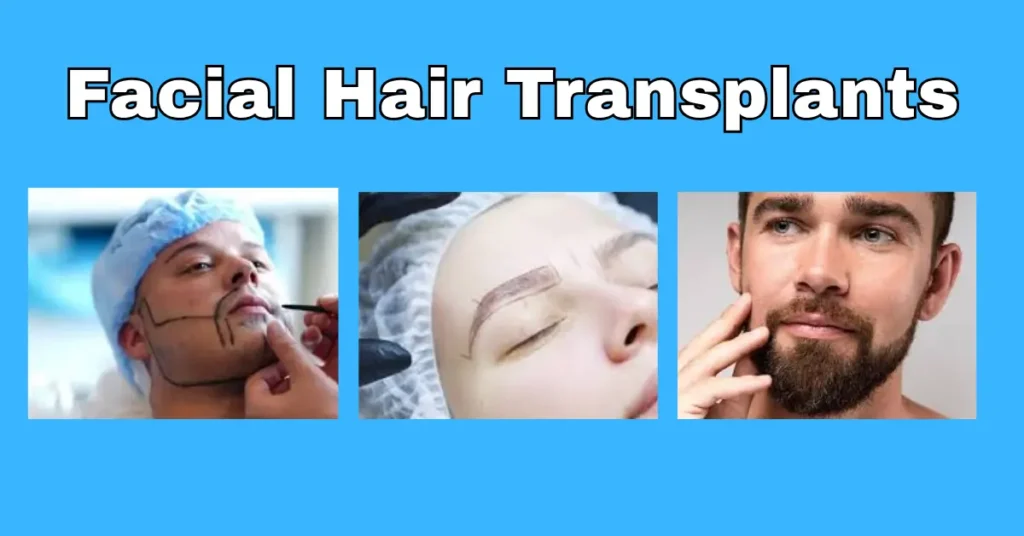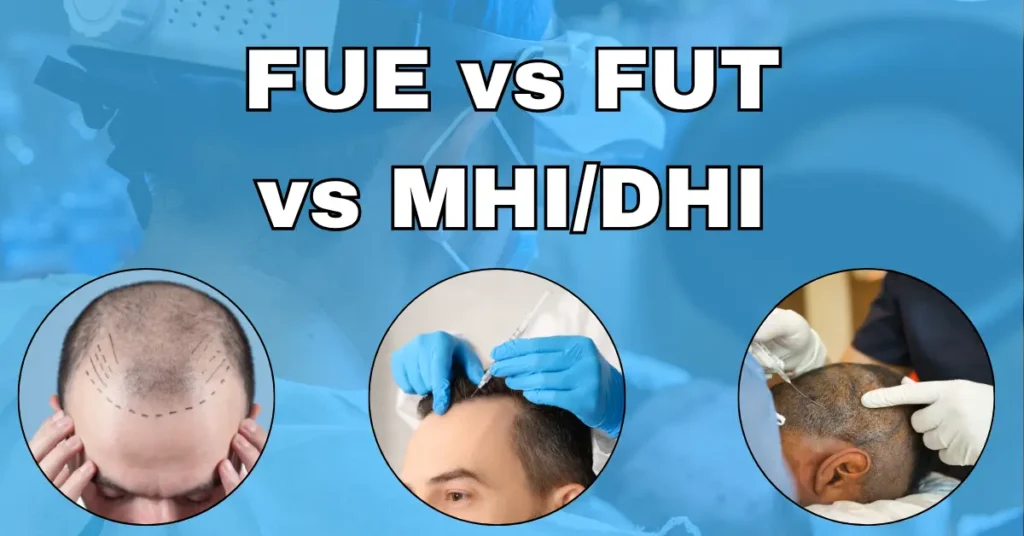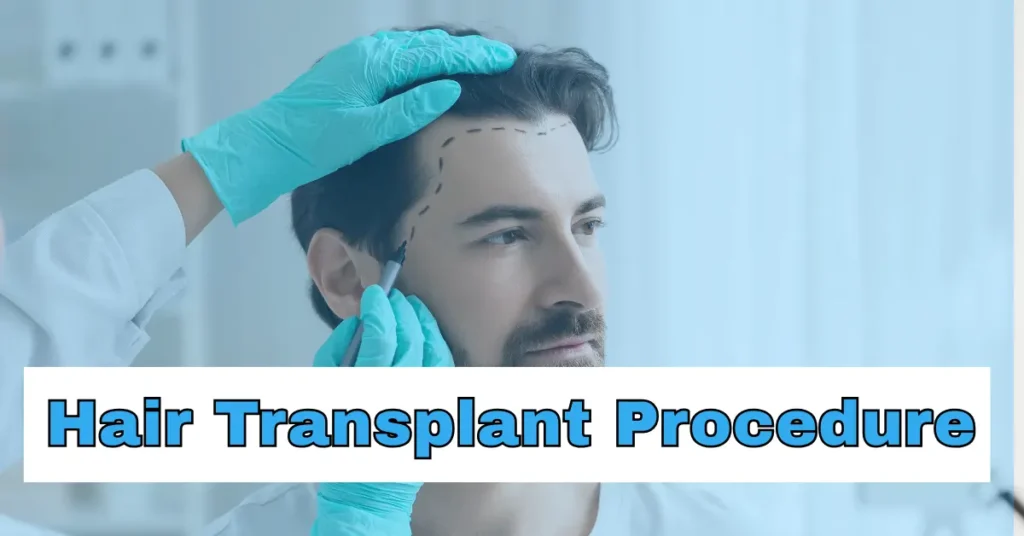Hair Transplant Growth Timeline is an important aspect for every individual undergoing hair restoration. However, what happens when the results do not meet expectations? In such cases, Understanding Hair Transplant Correction Techniques becomes essential. These techniques are intended for individuals who are not satisfied with the outcome of their previous hair transplant procedures. Many individuals seek correction due to poor placement of hair grafts, an unnatural hairline, or areas with uneven coverage that affect the overall appearance. Correction procedures may involve follicular unit extraction (FUE) to remove incorrectly placed grafts, revision of scars, or re-implantation using modern tools and advanced types of hair transplant techniques, such as MHI and DHI. If your earlier hair transplant experience was unsatisfactory, rest assured—today’s expert hair transplant surgeons can significantly improve previous results, allowing for more natural-looking new hair growth.
These corrections go beyond appearance—they restore confidence and rebuild trust in the process. For those considering a long-term solution for hair loss, learning about these techniques is a valuable step forward.
What Are Hair Transplant Correction Techniques?
Hair transplant correction techniques are specifically developed to address complications or unsatisfactory outcomes that may have occurred from previous hair transplant surgeries. These techniques are suitable for both scalp and facial hair restoration, including beards and eyebrows. Whether you are dealing with visible scarring, bald spots, or an unnatural outcome, there is a tailored solution to hair loss for your case.
Common Issues Requiring Correction
- Misaligned Hairline: A hairline that is too high, too low, or uneven can appear unnatural.
- Unnatural Appearance: Poor technique can cause a “pluggy” look or excessive density in one area if hair follicles are not placed uniformly.
- Scarring: Certain types of hair transplant procedures, especially early FUT, may result in noticeable scars.
- Sparse Coverage: An insufficient number of hair grafts in the recipient area can leave some regions looking thin.
Solutions for Hair Transplant Correction
Hairline Adjustment
A poorly executed hairline can be corrected by removing and redistributing transplanted hair to better complement facial features.
Scalp Micropigmentation (SMP)
This non-surgical method involves applying pigment to simulate the look of hair regrowth, effectively masking scars and providing the illusion of enhanced hair density.
Follicular Unit Extraction (FUE)
FUE hair transplantations involve extracting healthy hair follicles from the donor area and re-implanting them to address density concerns or refine facial hair results.
Follicular Unit Transplantation (FUT) Revision
Patients who have noticeable linear scars from earlier FUT procedures can consider scar revision options, which often involve removing a portion of the scar or implanting hair follicles directly into the scarred area.
Laser Therapy
Low-level laser treatment aids in hair restoration by promoting hair regrowth, reducing scalp inflammation, and enhancing overall results.
Understanding the Correction Process
Initial Consultation
The process begins with a detailed consultation. The specialist evaluates the donor site, recipient area, and your specific type of hair loss, such as androgenetic alopecia, to create a personalized plan.
Planning the Correction
Following the evaluation, the specialist develops a tailored strategy designed to address the individual’s specific needs and concerns. It may involve one or more types of hair transplant correction techniques, including FUE, FUT revision, SMP, DHI, or MHI.
The Procedure
The time required and the level of complexity involved in each hair transplant procedure can differ based on the technique used and the specific needs of the patient. While SMP can often be completed in one session, others like FUE or FUT corrections might require multiple sittings.
Recovery and Aftercare
Post-procedure care is critical. Patients receive clear instructions on caring for the donor area, protecting the recipient area, and following up with the clinic to ensure optimal healing and long-term results.
Choosing the Right Specialist
Experience and Credentials
Select a qualified hair transplant surgeon with experience in both standard and corrective procedures. Board certification and a consistent record of successful outcomes are important indicators of expertise.
Before and After Photos
Reviewing photographic case studies of past patients can help set realistic hair transplant expectations.
Patient Reviews
Reading feedback from previous patients provides insight into the surgeon’s professionalism, approach to care, and success in delivering satisfactory results.
Real-Life Success Stories
John, a 45-year-old professional, experienced an unnatural hairline following his initial hair transplant, prompting him to explore corrective options for a more natural outcome. After assessment, his surgeon recommended hairline adjustment and SMP. The outcome was a softer, more natural look.
Sarah, who had visible scarring from an old FUT procedure, opted for MHI correction. Her result showed significantly fuller hair and nearly invisible scars.
Conclusion
Hair transplant correction techniques provide effective solutions for those unhappy with previous results. Whether it’s correcting a hairline, reducing scarring, or adding density to bald spots, modern hair restoration methods—like MHI / DHI or FUE, FUT revision,—can help you achieve the desired appearance.
Consult a skilled hair transplant surgeon to determine the most suitable treatment for hair loss, based on your needs and type of hair loss. With the right planning and realistic hair transplant expectations, you can move closer to achieving a natural and confident look.










